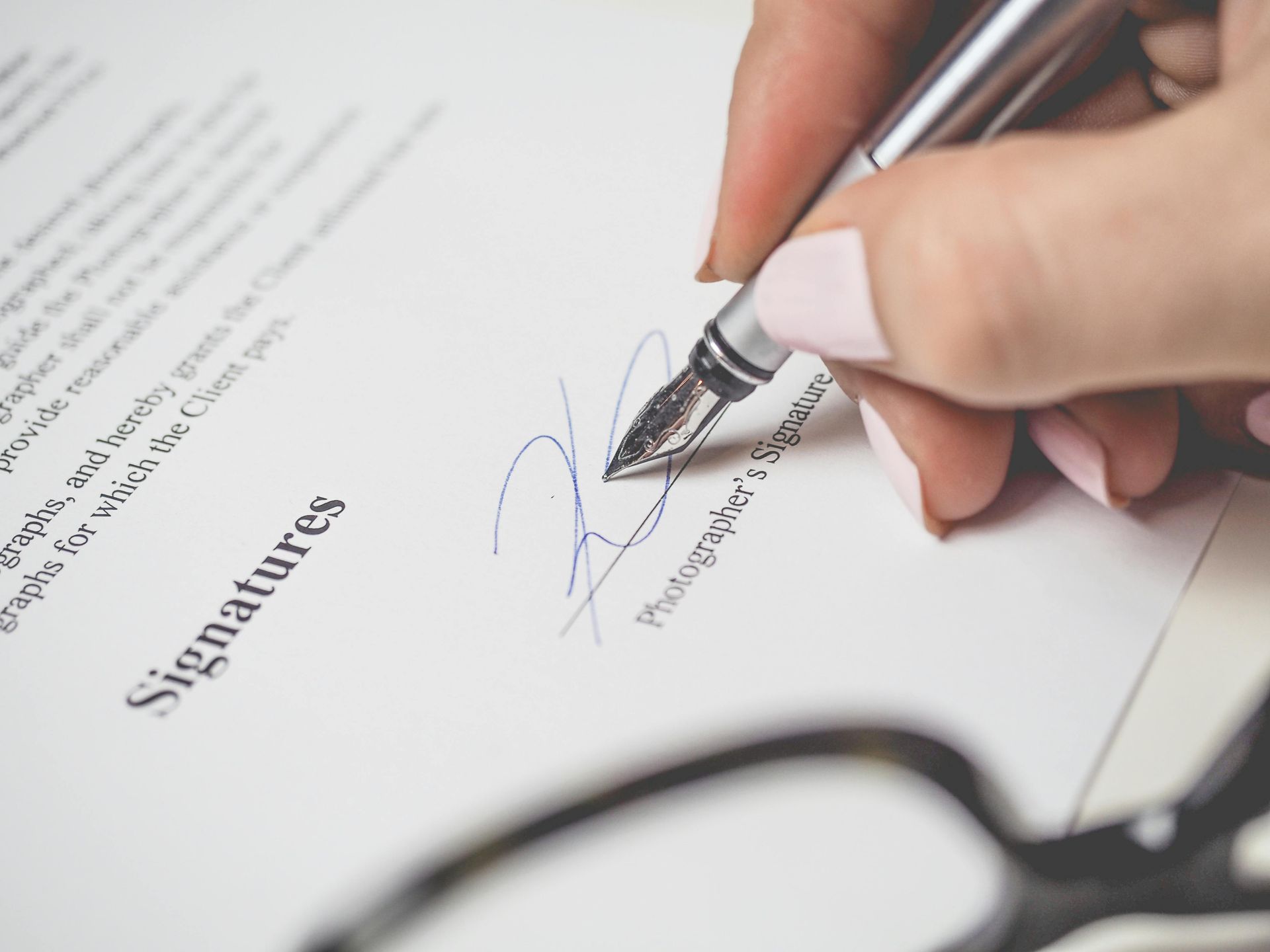Understanding the Requirements for Patent Utility, Novelty, and Non-obviousness
Difficulties in Getting A Patent
Obtaining a patent can be a challenging process, and the success rate from filing a patent to registration is approximately 53% according to a USPTO patent issuance study. And your particular success rate can fluctuate depending on the technology field and changes in patent regulations. The patent office employs various technology centers to review specific types of patents, and these are called 'Art Units.' Art Units cover a wide range of technological areas, from biotechnology and organic chemistry to telecommunications and computer technology. Each Technology Center can have dozens of Art Units staffed by engineering and experts, reflecting the vast range of innovations that are the subject of patent applications. In addition to the high costs associated with patent filing fees, patent attorney fees, and several months or years of waiting to discover if a patent will be issued, you must first be reasonably confident your patent has utility, novelty, and non-obviousness before facing the gauntlet that is the patent prosecution process within the United States Patent & Trademark Office (USPTO). We do recommend a patent search before you begin the patent process (see below).
What is the Utility in Your Patent?
Once of the first questions your patent attorney or patent agent will ask you is, "What utility do you see in your invention?" The utility of a patent can be best described as its practical significance and benefit as a whole or, said otherwise, does it serve and perform a beneficial function? For example, a painting has no utility beyond beauty of art itself. A painting cannot be patented, but it may be copyrighted. Likewise, granting someone an exclusive patent for a worthless or useless invention is invalid because it would prevent others from making improvements or finding practical uses for it, limiting useful combinations. In a more practical sense, inventions that provide no new utility, are impractical, or solve non-existent problems are often considered unpatentable.
The United States Patent and Trademark Office (USPTO) defines "utility" in the context of patent law as one of the requirements for an invention to be patentable. Specifically, it means that the invention must be useful or capable of providing some identifiable benefit. This concept is rooted in U.S. Code Title 35, which governs patent law:
- Operability: The invention must work for its intended purpose. If the invention is inoperable or incapable of achieving the claimed result, it will not satisfy the utility requirement.
- Specific and Substantial: The invention must have a specific and substantial utility, meaning it should have a real-world application and should not be frivolous or merely for amusement.
- Credibility: The claimed utility must be credible based on the information provided in the application or generally known scientific principles.
Utility patents typically fail to meet the utility requirement when the invention fails to demonstrate a practical application, is inoperable, or is scientifically impossible, like perpetual motion machines. Additionally, patents often fail if their claimed utility is purely theoretical or speculative without practical proof, especially in fields like biotechnology or pharmaceuticals. Patent denial can also occur if your invention is against public policy, ultra-dangerous or simply illegal. So, be prepared to convincingly show your patent examiner in whichever art unit you land in evidence of the practical usefulness or 'utility' of your invention.
What is the Novelty Requirement for a Patent?
The fundamental question in novelty is whether someone else has already invented or filed for the very thing you are trying to patent. This can include any prior patents, prior sales, prior public offers to sell, or printed publications essentially laying out or enabling your invention. Simply put, somebody has already done your patent or something very similar to it. To be novel, an invention must be substantially different from anything else that is within the public domain.
But even if your invention is not in the public domain, it can still be anticipated and therefore, not novel. Anticipation occurs when there is a reference or advance discussion sufficient to create a disclosure to enable or create you invention, thereby undermining its novelty. Anticipation and infringement are two sides of the same coin: that which anticipates earlier in time would infringe later in time.
Peters v. Active Mfg. Co., 129 U.S. 530, 537 (1889). You will often find that patents will disclose more than they will claim, and those disclosures can anticipate future inventions not yet filed with the USPTO.
If during patent prosecution the patent examiner finds that your invention is not novel, you may be able to amend the claims such that your invention can satisfy the novelty requirement as long as the prior art doesn't disclose every aspect of your claim(s). You need to make it unique, and your claims can be modified within the scope of your filed specifications.
What is Patent Non-Obviousness?
Related to and building on the patent novelty requirement, non-obviousness is a requirement that a patent not only be new but also significantly different from existing knowledge or prior art. It is defined under 35 U.S.C. § 103 in the United States and means that an invention must not be an obvious improvement or combination of known inventions to a person having ordinary skill in the art (POSA). A POSA is the measuring stick by which all obviousness is measured. If a POSA would find it obvious, your patent or patent application fails.
Key aspects of non-obviousness include:
- Standard of Obviousness: The invention should not be an evident or logical extension of existing knowledge. If a skilled person could easily deduce the invention from prior art, it will be considered obvious and not patentable.
- Prior Art References: Examiners review existing patents, publications, and publicly available materials to determine if the invention is merely a combination of known ideas or methods.
- Inventive Step: The invention should show an inventive step that would not be predictable based on existing technology. It should involve a leap in thinking or technology that isn't straightforward.
- Objective Evidence: Evidence such as commercial success, long-felt needs, and recognition by experts in the field can help support the non-obviousness of an invention.
- Combination of Prior Art:
Combining different elements from prior art should not be obvious unless the combination itself leads to an unexpected or new result.
As you can see, the term nonobvious is not well defined and is somewhat amorphous. While the basic standard of what constitutes nonobviousness is 'common sense,' common sense is very elusive and differs from person to person and applicants to examiners. There are additional tests for nonobviousness, such as teaching away or hindsight rationale (evidence that someone thought it couldn't be done the way your patent does). If the prior art can be shown to teach away (go against) the combination suggested by the examiner, then this indicates that your invention may be nonobvious. Remember that your specification and your claims are the well from which you draw your claimed invention, so draft wisely, as you may need to modify and/or change claims that remain supported by your specification.
Comprehensive Patent Search and Filing: Expert Guidance on Utility, Novelty, and Non-Obviousness
We recommend you conduct a patent search to help understand the initial problems you may face with utility, novelty, and non-obviousness. While no patent search can be fully exhaustive, it can help guide you in drafting and formulating your invention. Importantly, if your invention already exists in the public domain, then you save valuable time and money by not filing a patent.
Our patent attorneys at Wilson Whitaker Rynell are here to help you with your patents, patent applications, patent licensing, and patent litigation. Contact Us today!
Why is a patent search necessary before filing for a patent?
A patent search helps to identify prior art that might be similar to your invention. By understanding existing technologies, you can better assess the novelty and non-obviousness of your idea, which are key requirements for patentability. It also aids in drafting more precise claims and reduces the risk of infringement disputes. Ultimately, it increases your chances of a successful patent application.
How comprehensive should a patent search be?
A comprehensive search should cover both domestic and international patents, as well as scientific literature and non-patent sources like journals or industry publications. This helps uncover potential prior art that could affect your application. Patent search attorneys use various databases and techniques to ensure thorough coverage across various jurisdictions.
Can I conduct a patent search on my own?
While you can use public databases for a basic search, professional patent search attorneys have specialized tools and expertise to conduct comprehensive searches. They are also skilled at interpreting legal language and technical specifications, ensuring a thorough evaluation of prior art that might impact your application.
How long does it take to complete a patent search?
The timeline varies based on the complexity of your invention and the type of search requested. A basic novelty search might take a few days to a week, while a comprehensive search, including international databases, could take a few weeks. Your attorney can give a more precise timeline based on your specific needs.
Have an idea for a blog? Click and request a blog and we will let you know when we post it!













